Tooth reshaping can improve your appearance, boost self-confidence, and perfectly shape your teeth. This corrective method, also known as dental shaping, isn’t ideal for everyone, despite its choice for a complete smile makeover. It covers all you need to know about tooth reshaping, including the procedure’s cycle, aftercare instructions, and whether it’s right for you.
What Does Tooth Reshaping Entail?
Tooth reshaping, also known as odontoplasty, is a cost-effective and simple corrective dentistry procedure for repairing a chipped, uneven, skewed, or damaged tooth.
This quick and painless treatment entails removing a part of the tooth enamel and then shaping or stretching the tooth causing the issue.
Your dentist in Chelmsford may also use a tooth-colored holding gum that adheres to and solidifies your teeth to get the desired shape.
Who Should Have Their Teeth Reshaped?
It’s important to remember that tooth contouring is meant to correct modest or minor faults in your teeth. It is not a viable choice for addressing serious dental problems.
Instead of tooth contouring, your dentist may recommend dental supports or another method if your teeth overlap or are crooked and misplaced.
You’ll need healthy teeth and gums to be a candidate for tooth contouring. A bit of your tooth enamel is removed as part of this procedure. If you have rotting teeth, diseased gums, or infected pulp, your dentist will not use this method.
What Is the Procedure for Tooth Reshaping?
In general, tooth contouring is a simple and rapid procedure. The first step is to have a dental examination and X-rays taken so that your dentist can analyze the strength of your teeth and gums.
Your dentist will examine your enamel. If your teeth have a weak or flimsy finish, your dentist will likely recommend another procedure, such as dental veneers.
Veneers are porcelain covers placed over the front surface of your teeth. It can also help disguise chipped, broken, or crooked teeth.
If your teeth, gums, and polish are in good shape, your dentist will begin by removing a section of your tooth enamel with a sanding plate or fine diamond bur. This step in the process ensures that a product’s flaws are minimized.
Your dentist will then shape and smooth uneven teeth and trim or lessen the length of longer teeth. It can help you improve your layout a little bit.
Your dentist can combine tooth contouring with bonding if you have a chipped tooth or holes in the middle of your teeth.
Holding uses a tooth-shaded resin that looks similar to clay to create and mold a tooth. When the holding substance is placed on your teeth, it solidifies and takes on the appearance of your natural teeth.
Your dentist places the bond, molds it, and then waits for it to harden. If bonding is required, the procedure may take an additional 30 to 60 minutes.
Tips for Tooth Reshaping Afterwards
Tooth contouring and bonding are fantastic ways to improve the appearance and shape of your teeth. However, maintaining your outcomes requires proper aftercare. Your family dentist in Chelmsford will provide aftercare instructions.
There’s a risk of the gums chipping or breaking if your dentist uses a bonding agent, even though it will firm during the procedure. You should avoid biting your nails, eating hard foods, and chewing gum to reduce this risk.
There’s also the risk of staining with bonding, so wash your teeth twice a day to avoid dental stains. You should also limit your consumption of foods and beverages that can stain your teeth, such as espresso and red wine.
Although tooth contouring has minimal downtime, you may experience slight sensitivity for a day after the treatment.
Conclusion
A chipped, broken, or misaligned tooth can make you feel self-conscious, causing you to hide your smile from others. Many disorders can be resolved with dental work, but these procedures can be costly.
Fortunately, teeth contouring is a low-effort option for enhancing the appearance of your smile. However, this approach isn’t suitable for everyone. Make sure you’re aware of the benefits and drawbacks.
Slight correction issues, including small chipping, tooth length, and minor misalignment, can be addressed by an odontoplasty. Your dentist may recommend braces or veneers to improve your smile, depending on your teeth and enamel state.
Michael Sargent, DDS, has been a well-known family dentist in Central Massachusetts since 1983. Chelmsford Dental Specialists Group is dedicated to helping individuals improve and maintain their oral health in Chelmsford, Massachusetts. Contact us if you’re looking for a dentist in Chelmsford.



